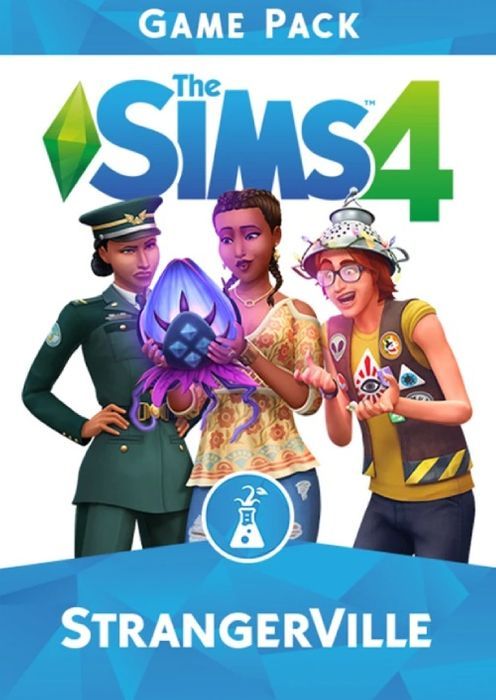
The base game’s hairstyles - an important point of creativity or expression for Black girl ‘simmers’ - were few and far between, and those that were available lacked nuanced details.

They lacked the cartoonish vibrancy of the lighter skins available. In the latest Sims, Sims 4, some Black players across message boards and social media criticized the darker skin tones in the game as unflattering, grey, or ashy. Despite all this freedom, Black gamers still found themselves left wanting. You can kill your sims in progressively stranger ways (because, at some point, we’ve all put our sims in a pool and removed the ladder to observe as nature takes its course). Whether that’s toward success - through wealth, fame, family, popularity, a stylish vampire coven, or unbeatable cooking skills - or death. Players have a great deal of freedom to guide their sims in whatever way they wish. Your sim pays their bills, cleans themselves, eats, and remembers if they had a sour social interaction with another sim. There is no definitive story mode or sense of linearity the draw is in the details.

All iterations of The Sims since have continued the trend. Designed to be a mix of an architectural simulator and a high-tech doll-house, The Sims’ release marked some of the most extensive customization in a video game at the time. Since The Sims entered the video game market in 2000 on the PC, it has defied easy categorization.


 0 kommentar(er)
0 kommentar(er)
